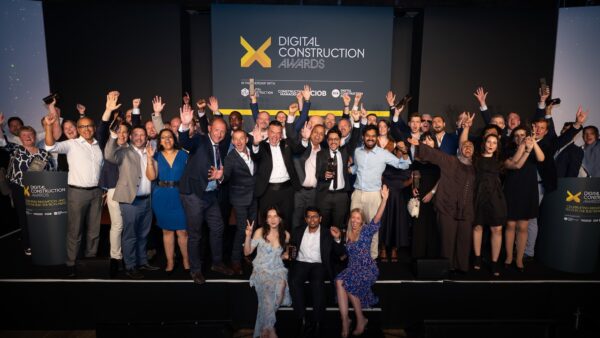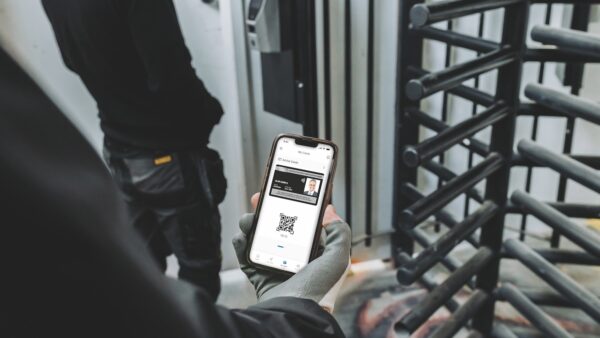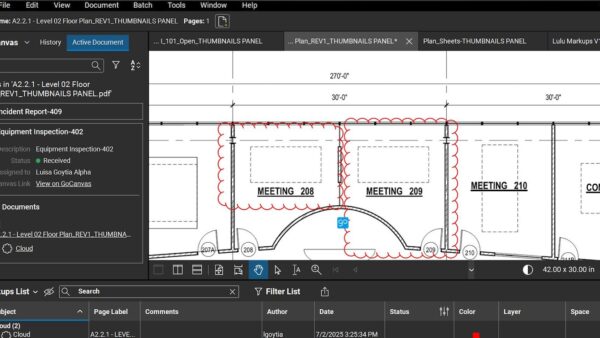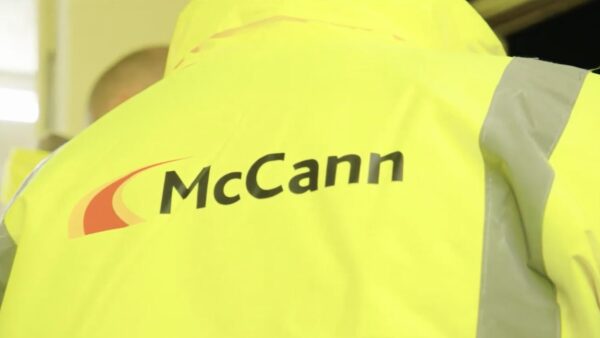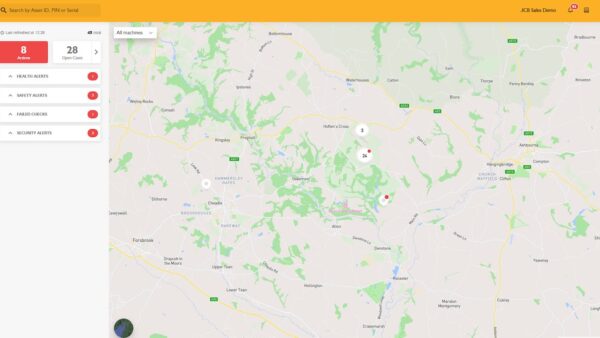
Bringing the workforce with you is critical to the success of introducing an integrated digital system across six companies, as Henry Boot’s IT director Steve Wilson reveals.
Steve Wilson is IT director for Henry Boot, a £300m-£350m-turnover, land, property development, home building and construction business that’s been around for 140 years, but which has been modernising fast in recent times.
Key to the business today is an ambitious programme of digital transformation that Wilson has been driving and selling to his 500 colleagues working in company offices across the country.
In a presentation at Digital Construction Week in London in June, Wilson set out the company’s vision – its utopia to use the business’s term – and explained the challenges. Here, Wilson explains how he’s built a digital team by drawing together some of the cleverest people from across Henry Boot’s six divisions and how value levers are being pulled to ensure the right digital initiatives are delivered.
CM Digital: Henry Boot has been on a significant digital journey. How did it start?
Steve Wilson: We started that journey nearly three years ago when I joined in the newly created position of group IT director, and I’d say we’re at the halfway stage now.
I came into the business from a manufacturing background. My previous job was at a Sheffield company called Gripple, which made a wire-joining widget used to hang HVAC and lighting. I gained a lot of relevant digital experience while I was there.
Henry Boot had decided to gear up on its IT activity and focus much harder on digitalisation. They asked me to lead and transform the existing IT function. The main issue when I joined was that we had six subsidiaries under the group umbrella – Hallam Land, HBD, Stonebridge, Henry Boot Construction, Banner Plant, and Road Link – which all had disparate systems that didn’t necessarily talk to each other.
To explain a bit about how the company operates, we primarily source land and obtain planning permission, which we either sell upon securing a consent, or act as a developer. In addition, we have a northern region construction and plant hire business and maintain an investment portfolio. So we work across the whole property value chain.
Each business operates as its own profit centre and has its own IT function, but we encourage collaboration across the group, and that’s where the focus of new IT developments.
Previously, several of the subsidiaries could have been looking at the same land and talking to the same landowners, the same solicitors and the same architects without realising what other parts of the group were doing. Also, many of their processes weren’t digitalised – they were still using spreadsheets. So there was a need to harmonise the businesses, and digitalisation could help with that.
How did you go about doing that?
Basically, we needed a CRM (customer relationship management) system. So we embarked on a journey to install D365 and customise it, so we could use it as a platform to mirror the lifecycle of our projects. D365 is a cloud-based suite of business applications that combines enterprise resource planning (ERP) and CRM capabilities. As the company had already digitised the main business functions – payment systems, tax systems and HR systems – our new CRM is focused on the lifecycle of a project.
Can you give us an example?
Say we’re looking to source some land, we may identify a strategic location using mapping technology and then start talking with a farmer. We’ll then come up with a proposed plan and a tender and a bid, and will either acquire the land, or we may enter into a deal where we promote the land on behalf of the landowner for a fee.
We will then apply for planning permission from the local authority, contract someone to deal with the legal issues, and then instruct an architect to design a scheme addressing how we can put 200 houses on this field.
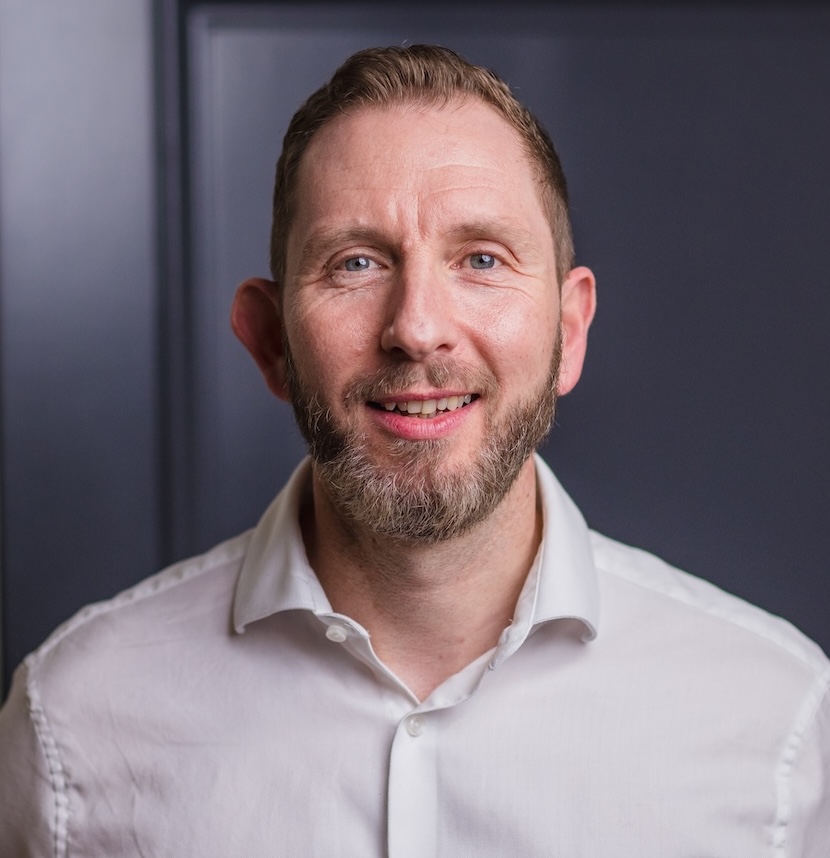
“You need to articulate what the end goal looks like, even if it’s a little bit fluffy and a bit blue-sky thinking.”
All of these steps are now being digitised, whereas they weren’t before. When the system is fully up and running, we will be able to step through the system and ask questions of the data, like how many sites do we have in the planning system, or what’s the average rate of planning consent and why is it going faster than in the south?
We’ll be able to ask questions of the data that we can’t at the moment because each region could have lots of regional offices around the country, and each region’s systems run slightly separately. You have to ask maybe 10 questions to get those answers, rather than being able to click a button and get them on a dashboard. So that’s what our digitisation is predominantly about.
What does Henry Boot’s vision of ‘utopia’ look like?
For us, it’s a place where all our systems are fully integrated. I’ll give you an example. What we want to be able to do when we’re searching for development land is use a software tool called Searchland, which is like Google Maps but with all the Land Registry’s data behind it.
Using that wealth of information, we can locate a piece of land that looks potentially interesting and populate our CRM system with all the necessary details, such as geographic information, the mapping, visuals, etc. That would then be integrated into our business system, and we could run the financials for that project.
Ultimately, we would harvest that data into a data warehouse so that we can start using visualisation technology for data. So we can see exactly what is happening with that project at the click of a button, or slice and dice out data, or be able to look across the landscape. That is utopia to us. But until we’ve put all this data from the subsidiaries in one system, we won’t be able to reach it.
Will you roll this out over years, or implement in one go?
We talked about whether we could put part of the process in and then stop for a while, but we realised it wouldn’t work because half the data would be in the system and the other half wouldn’t be, and people would still end up going back to spreadsheets.
So that idea quickly went out the window, and we’re managing the cradle-to-grave process and will collect more data as we migrate through stage one. Because we don’t currently have a system, it means we can roll it out slowly, and we’ve piloted it in our regional office in Birmingham.
If that continues to go well, we’ve got a roll-out programme across regional offices that runs until the end of the year.
Were there any other major steps in this journey?
In 2023, the company decided to move its head office from a Grade II-listed building, where it had been for 90 years, to a modern office in the centre of Sheffield. So the business is starting to look and feel different, and the digital aspect is playing a part in that.
Another important step was to create a central IT division, and we then built a cross-functional team by seconding subject-matter experts from across the business into the team. What we’re doing is not really an IT project, it’s a business project – that’s how we’re tackling it. So we are building a network of internal champions who will help us test it, they will help train colleagues, and they’ll help answer problems on sites.
We’ve got one individual championing the project in each region. And by building this network, we’re bringing people along on the journey and taking them with us. Another part of the project is that we’re going to build what we call a digital council of product owners, comprising the people that live and breathe the systems, and we’ll use their feedback to plot our way forward. It’s like a collective brains trust, sitting together in a room and helping shape the direction for our digital transformation.
What has been your biggest challenge?
The biggest challenge has been getting people on board, but we spotted that early on, which is why we’ve structured the project in the way I’ve just explained. As well as setting up the cross-functional team from across the business, we’ve run communication sessions, and we’re about to make a video that will show a day in the life of what it looks like to live and breathe inside the system. We want to really articulate that picture so that people can get excited by it.
The key thing is to build a really clear vision of where you’re heading. You need to articulate what the end goal looks like, even if it’s a little fluffy and a bit blue-sky thinking. Otherwise, people cannot understand what you’re trying to do and where you’re going.
We have quite a diverse workforce of various ages and cultures. Some of our people are crying out for the new system, and others are a little bit more resistant to it and still trying to understand why we need it. So we need to show what’s in it for them, rather than just telling them what to do because management has told them to. We want them to see how it’s going to make their lives easier.









